Are you in need of a rubber sheet but not sure which one is the right fit for your specific requirements? Look no further! In this comprehensive guide, we will walk you through everything you need to know about choosing the perfect rubber sheet for your needs.
With so many options available in the market, it can be overwhelming to make the right decision. But worry not! Whether you are looking for a rubber sheet for industrial use, automotive applications, or even for DIY projects, we have got you covered.
Our expert tips and insights will help you understand the different types of rubber sheets available, their properties, and the specific situations they are best suited for. You will learn about factors such as durability, temperature resistance, chemical resistance, and more, allowing you to make an informed decision.
Choosing the right rubber sheet is essential for ensuring optimal performance and longevity. So if you want to save time, and money, and minimize any potential risks, keep reading to discover our ultimate guide to selecting the right rubber sheet for your needs. Let's get started on finding the perfect solution for you!
Understanding rubber sheets and their uses
Rubber sheets are versatile materials used in various industries and applications. They are known for their excellent flexibility, durability, and resistance to wear and tear. Understanding the different types of rubber sheets and their uses is crucial in finding the right fit for your needs.
Rubber sheets are commonly categorized based on their composition and properties. The most common types include natural rubber sheets, synthetic rubber sheets, neoprene rubber sheets, silicone rubber sheets, and EPDM rubber sheets, among others. Each type has distinct characteristics and is suitable for specific applications.
Natural rubber sheets, derived from the sap of rubber trees, are known for their outstanding elasticity and tear resistance. They are often used in applications where high flexibility and resilience are required, such as gaskets, seals, and conveyor belts.
On the other hand, synthetic rubber sheets are made from chemically synthesized materials and offer a wide range of properties to suit different requirements. They are highly resistant to oils, chemicals, and extreme temperatures, making them ideal for applications in industries like automotive, construction, and manufacturing.
Neoprene rubber sheets are a popular choice for applications that require resistance to weathering, ozone, and UV exposure. They are commonly used in outdoor applications, electrical insulation, and sealing applications.br/>
Silicone rubber sheets are known for their exceptional temperature resistance and electrical insulating properties. They are widely used in industries such as aerospace, food processing, medical, and electronics.
EPDM rubber sheets, with their excellent weather resistance and chemical compatibility, are commonly used in roofing, automotive, and outdoor applications.
Different types of rubber sheets and their properties
To choose the right rubber sheet for your needs, it's essential to understand the properties and characteristics of each type. Here we will delve deeper into the different types of rubber sheets and their specific properties.
Natural Rubber Sheets: Natural rubber sheets offer excellent tear strength, abrasion resistance, and elasticity. They are highly resilient and can withstand high impact and pressure. However, they may not be suitable for applications that require resistance to oils, chemicals, or extreme temperatures.
Synthetic Rubber Sheets: Synthetic rubber sheets come in various formulations, such as nitrile rubber, SBR (styrene-butadiene rubber), and butyl rubber. These sheets offer excellent resistance to oils, chemicals, and extreme temperatures. They are highly durable and can withstand harsh environments. However, they may not possess the same level of elasticity as natural rubber sheets.
Neoprene Rubber Sheets: Neoprene rubber sheets are known for their excellent resistance to weathering, ozone, and UV exposure. They offer good physical properties, such as flexibility, durability, and flame resistance. However, they may not have the same level of oil and chemical resistance as synthetic rubber sheets.
Silicone Rubber Sheets: Silicone rubber sheets are highly resistant to high and low temperatures, making them suitable for extreme temperature applications. They offer excellent electrical insulation properties and are resistant to UV radiation and ozone. However, they may not have the same level of tensile strength as natural or synthetic rubber sheets.
EPDM Rubber Sheets: EPDM rubber sheets are known for their excellent weather resistance, ozone resistance, and chemical compatibility. They offer good physical properties and are highly durable. However, they may not have the same level of tear strength as natural or synthetic rubber sheets.
Each type of rubber sheet has its own set of advantages and limitations. The key is to choose the type that best suits your specific requirements and application.
Factors to consider when choosing a rubber sheet
When selecting a rubber sheet, several factors need to be taken into consideration to ensure it meets your specific needs. Here are some essential factors to consider:
Durability: Assess the durability of the rubber sheet by considering factors such as tear resistance, wear resistance, and impact resistance. This is especially important for applications that involve heavy-duty usage or exposure to abrasive materials.
Temperature Resistance: Consider the temperature range the rubber sheet will be exposed to. Different rubber sheets have different temperature resistance capabilities. Some rubber sheets can withstand extreme temperatures, while others may become brittle or lose their elasticity under extreme heat or cold conditions.
Chemical Resistance: Evaluate the chemical resistance of the rubber sheet to ensure it can withstand exposure to oils, solvents, acids, or other potentially corrosive substances that may be present in your application. Different rubber sheets offer varying levels of chemical resistance.
Compression Set: Compression set refers to the ability of the rubber sheet to return to its original shape after being compressed. For applications that involve repeated compression and release, choose a rubber sheet with a low compression set to ensure long-term performance.
Electrical Properties: If your application requires electrical insulation properties, consider selecting a rubber sheet with high dielectric strength and low electrical conductivity.
FDA Compliance: If you are working in the food or medical industry, ensure that the rubber sheet is FDA-compliant and safe for contact with food or human skin.
Environmental Conditions: Consider the environmental conditions that the rubber sheet will be exposed to, such as sunlight, ozone, or moisture. Some rubber sheets are specifically designed to withstand these environmental factors, ensuring long-lasting performance.
By carefully considering these factors and matching them with your specific requirements, you can choose a rubber sheet that will perform optimally and meet your expectations.
Common applications for rubber sheets
Rubber sheets find applications in a wide range of industries and sectors. Here are some common applications where rubber sheets are widely used:
Industrial Applications: Rubber sheets are extensively used in industrial settings for gaskets, seals, hoses, conveyor belts, vibration dampening, and insulation. They provide resistance to wear, tear, and chemicals, making them suitable for various industrial applications.
Automotive Applications: Rubber sheets play a crucial role in the automotive industry. They are used for gaskets, seals, weatherstripping, engine mounts, and vibration isolation. Rubber sheets help prevent leaks, reduce noise, and provide cushioning in automotive applications.
Construction Applications: In the construction industry, rubber sheets are used for waterproofing, sound insulation, vibration isolation, and roofing applications. Rubber sheets provide excellent weather resistance and durability, making them ideal for construction projects.
Electrical Applications: Rubber sheets with electrical insulation properties are used in electrical and electronic applications. They provide protection against electrical shock, insulation for cables and wires, and sealing for electrical enclosures.
DIY and Crafts: Rubber sheets are popular among DIY enthusiasts and crafters. They can be used for various DIY projects such as making gaskets, seals, stamps, flooring, and protective mats. Rubber sheets offer flexibility and ease of use for creative projects.
These are just a few examples of the numerous applications where rubber sheets are utilized. Understanding the specific application requirements will help you determine the right type of rubber sheet to choose.
Choosing the right thickness and hardness
When selecting a rubber sheet, it's crucial to consider the appropriate thickness and hardness for your application. The thickness and hardness of the rubber sheet will directly impact its performance and durability.
Thickness: The thickness of the rubber sheet depends on the specific application requirements. Thicker rubber sheets provide better impact resistance, vibration dampening, and insulation. Thinner rubber sheets are more flexible and can conform to irregular surfaces more easily. Consider the level of protection, cushioning, or insulation required for your application and choose the appropriate thickness accordingly.
Hardness: Rubber sheets are measured on the Shore A durometer scale, which indicates their hardness level. A higher durometer number indicates a harder rubber, while a lower number indicates a softer rubber. Hardness affects the rubber sheet's resistance to compression, wear, and tear. Consider the level of flexibility, cushioning, or rigidity required for your application and choose the appropriate hardness accordingly.
It's important to strike the right balance between thickness and hardness to ensure optimal performance and longevity for your specific application.
Temperature and chemical resistance considerations
Temperature and chemical resistance are critical factors when choosing a rubber sheet, as exposure to extreme temperatures or corrosive substances can significantly impact its performance. Consider the following when evaluating temperature and chemical resistance:
Temperature Resistance: Determine the temperature range the rubber sheet will be exposed to in your application. Some rubber sheets can withstand high temperatures, while others are better suited for low-temperature environments. Ensure the chosen rubber sheet can maintain its physical properties within the expected temperature range.
Chemical Resistance: Assess the specific chemicals or substances the rubber sheet will come into contact with. Different rubber sheets offer varying levels of resistance to oils, solvents, acids, and other corrosive substances. Choose a rubber sheet that is compatible with the chemicals present in your application to avoid premature degradation or failure.
By considering temperature and chemical resistance, you can select a rubber sheet that will perform reliably in your specific environment.
Assessing durability and longevity
Durability and longevity are crucial factors to consider when selecting a rubber sheet. The durability of a rubber sheet depends on various factors, such as its composition, reinforcement, and resistance to wear and tear. Here are some aspects to consider:
Reinforcement: Some rubber sheets come with reinforcement, such as fabric or metal inserts, to enhance their strength and tear resistance. Reinforced rubber sheets are suitable for applications that require higher tensile strength and durability.
Wear Resistance: Evaluate the rubber sheet's resistance to wear and tear, especially if it will be subjected to abrasive materials or constant friction. Look for rubber sheets that have high abrasion resistance to ensure long-lasting performance.
Flexibility: Consider the flexibility of the rubber sheet, especially if it will be subjected to repeated bending or stretching. A flexible rubber sheet will be less prone to cracking or tearing under such conditions.
Maintenance: Assess the maintenance requirements of the rubber sheet. Some rubber sheets may require regular cleaning or specific care instructions to maintain their performance and longevity. Consider the maintenance efforts and costs associated with the rubber sheet.
By carefully assessing the durability and longevity factors, you can choose a rubber sheet that will provide reliable performance and minimize the need for frequent replacements.
Cost considerations and budgeting
Cost is an important consideration when choosing a rubber sheet. The price of a rubber sheet can vary depending on factors such as the type of rubber, size, thickness, and additional features. Here are some cost considerations and budgeting tips:
Quality vs. Price: While it may be tempting to opt for the cheapest rubber sheet available, it's important to balance cost with quality. Choosing a lower-quality rubber sheet may result in frequent replacements, increased downtime, and potential risks. Consider the long-term cost implications and invest in a high-quality rubber sheet that offers durability and performance.
Customization: If your application requires a specific size or thickness that is not readily available, customizing a rubber sheet may be necessary. Keep in mind that custom-made rubber sheets may come at a higher cost. Assess the feasibility and cost-effectiveness of customization before making a decision.
Supplier Comparison: Compare prices and offerings from different rubber sheet suppliers. Look for reputable suppliers who can provide quality rubber sheets at competitive prices. Consider factors such as reputation, customer reviews, and after-sales support.
Total Cost of Ownership: Consider the total cost of ownership rather than just the upfront cost. Factors such as durability, maintenance requirements, and longevity play a significant role in the overall cost-effectiveness of the rubber sheet.
By considering cost factors and budgeting effectively, you can make an informed decision that aligns with your requirements and financial constraints.
Tips for selecting a reputable rubber sheet supplier
Selecting a reputable rubber sheet supplier is crucial to ensure the quality and reliability of the rubber sheet you choose. Here are some tips to help you find a reliable supplier:
Reputation: Look for suppliers with a solid reputation in the industry. Check for customer reviews, testimonials, and ratings to gauge the supplier's reliability and customer satisfaction.
Experience: Consider the supplier's experience in the rubber sheet industry. An experienced supplier is more likely to have a better understanding of different rubber sheet types, properties, and applications.
Product Range: Assess the supplier's product range to ensure they offer a wide variety of rubber sheet options. A supplier with a diverse product range can help you find the most suitable rubber sheet for your needs.
Quality Assurance: Inquire about the supplier's quality assurance processes. A reputable supplier should be able to provide information about their quality control measures, certifications, and compliance with industry standards.
Conclusion: Finding the perfect rubber sheet for your needs
When it comes to choosing a rubber sheet supplier, it's crucial to work with a reputable company that provides high-quality products. Here are some tips to help you in your search:
1. Research and compare suppliers
Start by doing thorough research on various rubber sheet suppliers in your area or online. Look for companies that have a good reputation and positive customer reviews. Make a list of potential suppliers and compare their offerings, pricing, and customer service.
2. Consider the range of products available
Look for a supplier that offers a wide range of rubber sheet options. Different applications require different types of rubber sheets, so having a variety to choose from will increase your chances of finding the perfect fit for your needs. A supplier with a limited selection may not be able to provide the specific type of rubber sheet you require.
3. Check for certifications and quality standards
Ensure that the supplier you choose adheres to industry standards and has the necessary certifications. Look for certifications such as ISO 9001, which indicates that the supplier follows strict quality management systems. Additionally, check if the supplier has any specific certifications relevant to your industry or application.
4. Inquire about customization options
If you have specific requirements or need a rubber sheet with custom dimensions, check if the supplier offers customization options. Some suppliers can provide custom cutting, molding, or fabrication services to meet your unique needs. Having the ability to customize the rubber sheet can save you time and effort in modifying it yourself.
5. Evaluate customer support and responsiveness
Good customer support is essential when working with a rubber sheet supplier. Check if the supplier is responsive to inquiries and provides timely assistance. A reliable supplier should be able to offer guidance, answer any questions you may have, and provide technical support when needed.
6. Consider pricing and delivery options
While price shouldn't be the sole determining factor, it's important to consider the pricing offered by different suppliers. Compare prices for similar products and evaluate the overall value you will receive. Additionally, inquire about the supplier's delivery options and shipping times to ensure you can receive your rubber sheets in a timely manner.
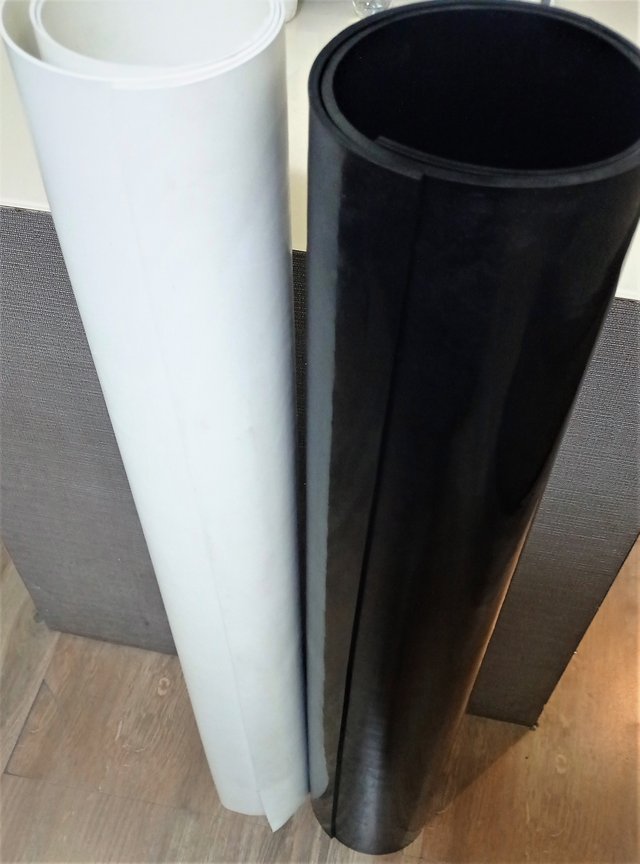
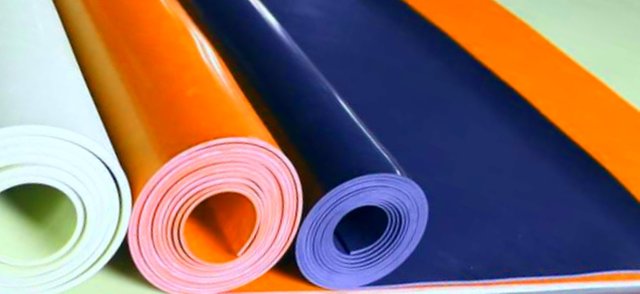
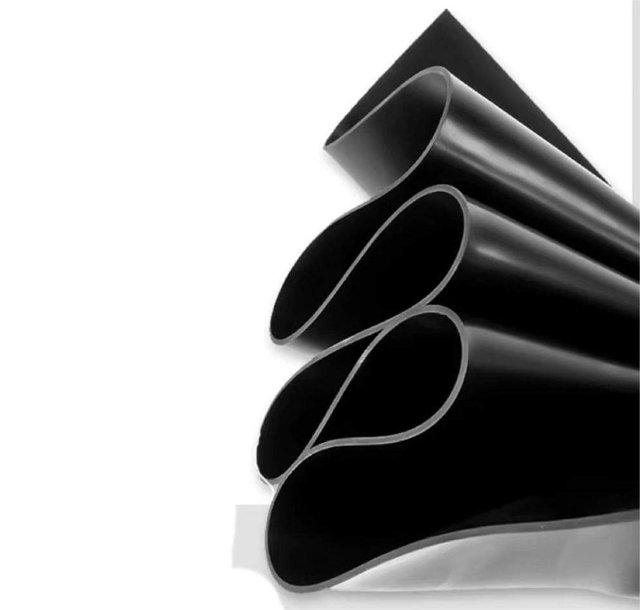
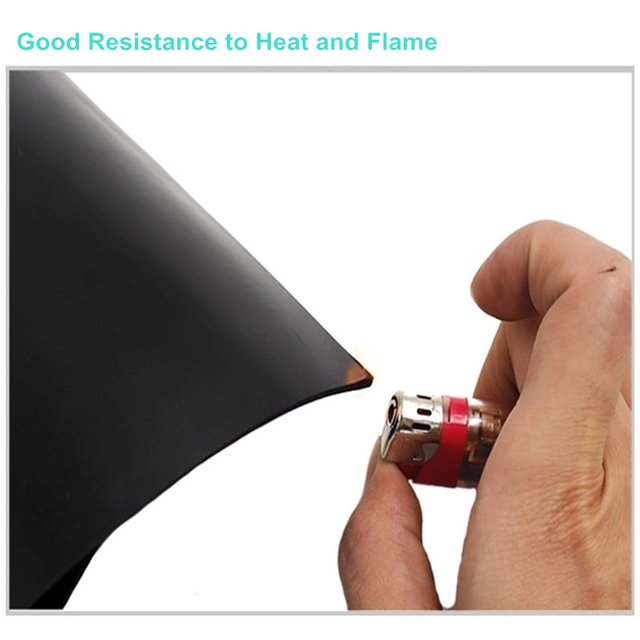
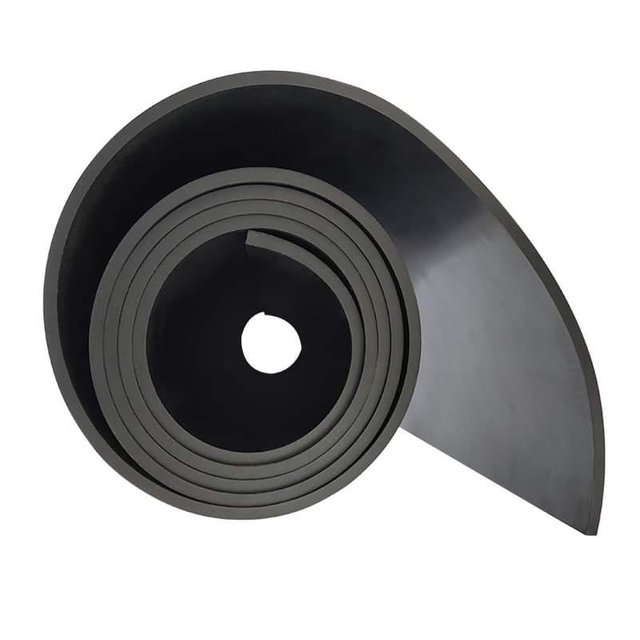
By following these tips, you can select a reputable rubber sheet supplier that meets your needs and provides high-
quality products. Now let's move on to understanding the different types of rubber sheets and their specific applications.